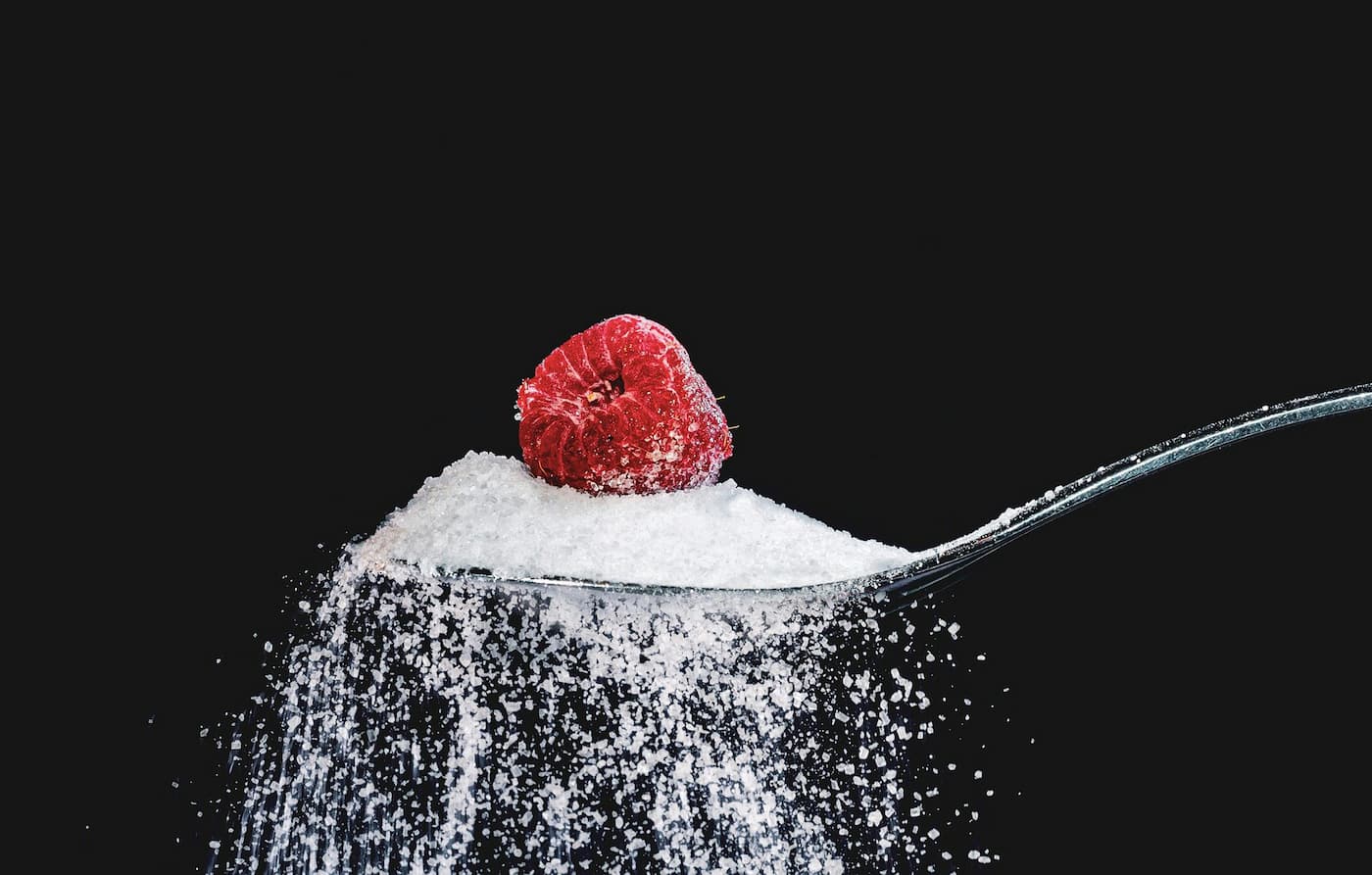Let’s face it, ingredient labels can be deceiving. Grocery shopping shouldn’t feel like decoding a mystery novel. Between flashy marketing claims like “all natural” or “low fat” and tiny ingredient lists packed with words you can’t pronounce, reading a nutrition label can get confusing fast.
At Rise & Puff, we believe knowledge is power, especially when it comes to what you're putting in your body. So let’s break it down: here’s how to read an ingredient label without getting tricked, plus what to watch out for so you can shop smarter and eat cleaner.
1. Start With the Ingredient List (Fewer = Better)
The first thing to look at is the ingredient list, usually found beneath the nutrition facts. This list is in descending order by weight, meaning the first few ingredients make up the bulk of the product. Here's your golden rule: the shorter and simpler, the better.
If a label lists 15+ ingredients and reads like a chemistry textbook, that’s a red flag. Clean products typically have:
- Ingredients you recognize
- Words you can pronounce
- No preservatives, artificial sweeteners, or dyes
If you wouldn’t cook with it at home, question why it’s in your food.

2. Know the Sneaky Preservatives
Preservatives are added to extend shelf life, but many come with tradeoffs. Here are a few common ones to watch for:
- Calcium Propionate: Commonly found in bread, linked to possible behavioral issues in children [1].
- Fumaric Acid: Often found in tortillas, baked goods, and drink mixes, this preservative extends shelf life and controls pH. While it's generally recognized as safe (GRAS), it's a synthetic compound and not something you’d find in a home kitchen. Its presence can be a sign that the product is ultra-processed.
- Sodium Benzoate: Often used in soft drinks and salad dressings, may cause allergic reactions or hyperactivity in sensitive individuals [2].
- Potassium Sorbate: Used in baked goods and cheese; generally considered safe but highly processed.
- BHA/BHT (Butylated Hydroxyanisole/Toluene): Found in cereals and snack foods; these synthetic antioxidants have raised concerns over potential hormone disruption and cancer risk in large doses [3].
We’re not saying one bite of these will hurt you, but over time, they add up. That’s why at Rise & Puff, we opt for freshness over shelf life, which is why our tortillas are refrigerated, not packed with preservatives.

3. Oil Check: Good Fats vs. Not-So-Great Ones
The type of oil used in a product matters a lot.
Better-for-you oils:
- Avocado oil
- Extra virgin olive oil
- Coconut oil
These oils are minimally processed and rich in heart-healthy fats.
Seed oils to be cautious about:
- Canola
- Soybean
- Sunflower
- Grapeseed
- Cottonseed
While often labeled as “vegetable oil,” seed oils are typically extracted through chemical solvents like hexane, then heated to high temps, bleached, and deodorized to mask the odor and extend shelf life. This process damages the oil’s natural integrity and can create harmful byproducts, like trans fats and oxidized lipids, which may promote inflammation in the body [4].
Bottom line? Reach for oils that feel like real food, not processed science projects.
4. Decode the Nutrition Label: What the Numbers Really Mean
In addition to the ingredient list, the Nutrition Facts Panel gives helpful insight if you know what to look for.
Saturated Fat: Aim for less than 10% of your daily calories from saturated fat (about 20g max on a 2,000-calorie diet). Consuming too much saturated fat can contribute to inflammation and poor metabolic health over time, especially when it's coming from processed foods.
Added Sugar: Anything over 8–10g per serving is getting high. The American Heart Association recommends no more than 25g per day for women and 36g for men [5].
Protein: According to the USDA, 10g or more per serving is considered a high-protein food [6]. Bonus points if it’s from a clean, whole food source and not a long list of protein isolates. These are ultra-processed extracts (like soy or whey) that strip away other nutrients and are often used in heavily manufactured products.
Real Talk: Clean Doesn’t Mean Complicated
“Clean” doesn’t mean boring or bland. It means minimally processed, with ingredients you can understand. That’s the philosophy behind Rise & Puff: real flour, avocado oil, water, and salt. That’s it. No weird fillers, no stabilizers, no shortcuts.
Learning to read labels doesn’t require perfection; it just means paying attention, asking questions, and making choices that support your health and your taste buds. Once you get the hang of it, you’ll be amazed at how often you don’t get fooled anymore.
Sources:
- National Institutes of Health – Calcium Propionate & Behavioral Effects
- Medical News Today – Sodium Benzoate Risks
- Environmental Working Group – BHA/BHT Guide
- Harvard Health – Seed Oils and Inflammation
- American Heart Association – Sugar Guidelines
- USDA Dietary Guidelines

















Leave a comment
All comments are moderated before being published.
This site is protected by hCaptcha and the hCaptcha Privacy Policy and Terms of Service apply.